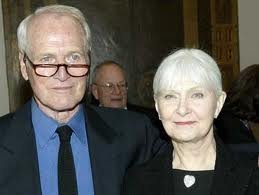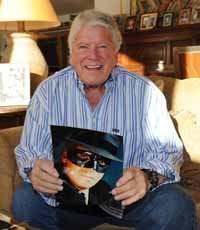Description
Crabs are generally covered with a thick exoskeleton, composed primarily of highly mineralized chitin. Behind their pair of chelae (claws) are six walking legs and then two swimming legs. The crab breathes through gills on its underside; gills must be at least moist to work.
Crabs vary in size from the pea crab, a few millimeters wide, to the Japanese spider crab, with a leg span up to 13 ft. Several other groups of crustaceans with similar appearances – such as king crabs and porcelain crabs – are not true crabs, but have evolved features similar to true crabs through a process known as carcinisation.
Environment
Crabs are found in all of the world's oceans, as well as in fresh water and on land, particularly in tropical regions. About 850 species are freshwater crabs.
Sexual dimorphism
Crabs often show marked sexual dimorphism. Males often have larger claws, a tendency that is particularly pronounced in the fiddler crabs of the genus Uca (Ocypodidae). In fiddler crabs, males have one greatly enlarged claw used for communication, particularly for attracting a mate. Another conspicuous difference is the form of the pleon (abdomen); in most male crabs, this is narrow and triangular in form, while females have a broader, rounded abdomen. This is because female crabs brood fertilized eggs on their pleopods.
Reproduction and life cycle
Crab (Pachygrapsus marmoratus) on Istrian coast, Adriatic SeaCrabs attract a mate through chemical (pheromones), visual, acoustic, or vibratory means. Pheromones are used by most fully aquatic crabs, while terrestrial and semiterrestrial crabs often use visual signals, such as fiddler crab males waving their large claws to attract females. The vast number of brachyuran crabs have internal fertilisation and mate belly-to-belly. For many aquatic species, mating takes place just after the female has moulted and is still soft. Females can store the sperm for a long time before using it to fertilise their eggs. When fertilisation has taken place, the eggs are released onto the female's abdomen, below the tail flap, secured with a sticky material. In this location, they are protected during embryonic development. Females carrying eggs are called "berried" since the eggs resemble round berries.
When development is complete, the female releases the newly hatched larvae into the water, where they are part of the plankton. The release is often timed with the tidal and light/dark diurnal cycle. The free-swimming tiny zoea larvae can float and take advantage of water currents. They have a spine, which probably reduces the rate of predation by larger animals. The zoea of most species must find food, but some crabs provide enough yolk in the eggs that the larval stages can continue to live off the yolk.
Each species has a particular number of zoeal stages, separated by moults, before they change into a megalopa stage, which resembles an adult crab, except for having the abdomen (tail) sticking out behind. After one more moult, the crab is a juvenile, living on the bottom rather than floating in the water. This last moult, from megalopa to juvenile, is critical, and it must take place in a habitat that is suitable for the juvenile to survive.
Most species of terrestrial crabs must migrate down to the ocean to release their larvae; in some cases, this entails very extensive migrations. After living for a short time as larvae in the ocean, the juveniles must do this migration in reverse. In many tropical areas with land crabs, these migrations often result in considerable roadkill of migrating crabs.
If you want to read a lot more, go here: https://en.wikipedia.org/wiki/Crab
- SERVES
- 6
- COOK TIME
- 40 Min
Corn and Broccoli Casserole is a hearty side dish that starts with fresh tasting frozen veggies and ends with a hot, out of the oven homey result that'll pair with any main dish.
- 1 (20-ounce) package frozen creamed corn, slightly thawed
- 1 (16-ounce) package frozen chopped broccoli, thawed
- 1 egg
- 1/4 cup (1/2 stick) butter, melted, divided
- 1/2 teaspoon onion powder
- 1/2 teaspoon salt
- 1/4 teaspoon black pepper
- 1 cup coarsely crushed butter crackers
- Preheat oven to 350º. Coat an 8- x 8-inch baking dish with cooking spray.
- In a large bowl, combine corn, broccoli, egg, 2 tablespoons melted butter, the onion powder, salt, and pepper; mix well and spoon into baking dish.
- In a small bowl, mix crackers and remaining melted butter; sprinkle on top.
- Bake 40 to 45 minutes, or until firm in center.
***Can't find creamed corn in the freezer section? Regular frozen corn will work just fine.
NATIONAL POLAR BEAR DAY HISTORY
Each year, Polar Bears International sponsors National Polar Bear Day. They have been celebrating the day since at least 2011.
Polar Bear FAQ
Q. Are polar bears white?
A. A polar bear’s skin is actually black. Its thick, insulating fur is translucent.
Q. Where do polar bears live?
A. Polar bears cover quite a bit of territory. Their home in the Arctic spans from Russia, across Norway, Greenland, Canada, and some parts of Alaska.
Q. What is a polar bear hybrid?
A. Some polar bears and grizzly bears have bred creating a hybrid bear. They are called various names including grolar and pizzly bears












